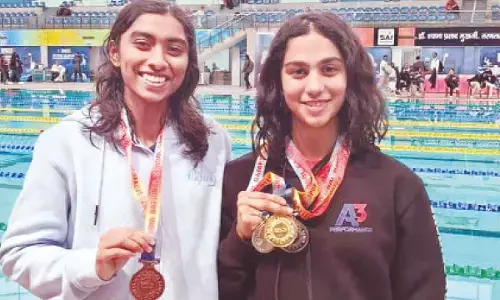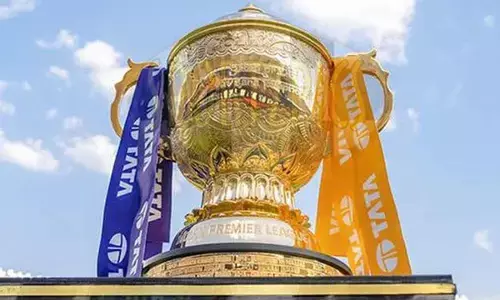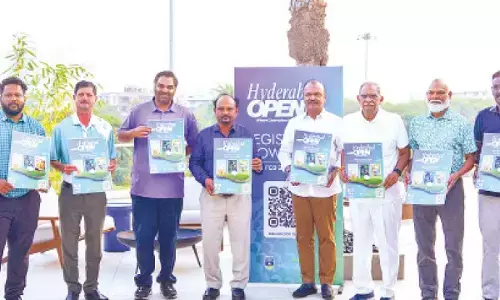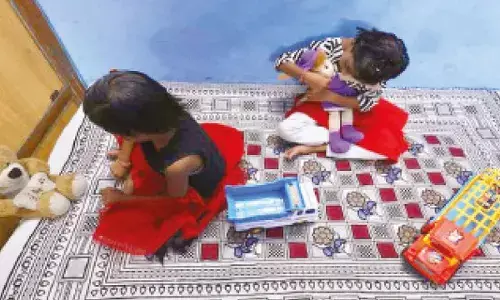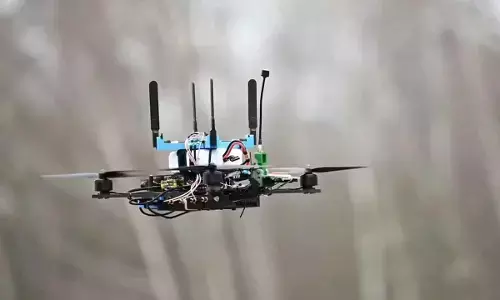Gujarat has voted for third parties, but never has one gained power

Gujarat has voted for third parties, but never has one gained power
An image is being built that the people of Gujarat only believe in a two-party system, they have never encouraged a third party. Neither has a third party ever succeeded in grabbing power in the state, nor been successful as a challenger to the two leading parties.
Gandhinagar: An image is being built that the people of Gujarat only believe in a two-party system, they have never encouraged a third party. Neither has a third party ever succeeded in grabbing power in the state, nor been successful as a challenger to the two leading parties. To some extent it is true, but not completely true. Historically more than three leading parties have always been in the fray, since the inception of the state in May 1960.
In 1962, for the first time assembly elections took place for 154 seats. The Congress won 113 seats with a 50 per cent vote share, second was the Swatantra Party with 26 seats and a 24 per cent vote share. The Praja Socialist Party (PSP) won 7 seats, the Nutan Maha Gujarat Janta Parishad (NJP) won just one seat and 2.51 per cent of the vote share, whereas with a 10 per cent vote share 7 independents got elected.
According to the Election Commission of India's data, the scene has not changed much but the parties have changed. For example, in the 1967 elections the Bharatiya Jan Sangh (BJS) took the place of the NJP and won one seat with 1.88 per cent votes. Before the 1975 elections the majority members of the Swatantra Party either joined the Indian National Congress or the INC (O), so the INC (O) replaced the Swatantra Party and stood second with 56 seats followed by the BJS with 18 seats. Congress defector Chiman Patel's Kisan Mazdoor Lok Paksha stood at the 4th place with 11 seats and 16 independent candidates got elected.
Later the leading parties in the state were the Congress, the Janata Party (later Janata Dal) and the Bharatiya Janata Party (BJP). By this time, Chiman Patel's KLP party had merged with the Janata Party (Secular-SC). In the 1980s elections the INC (I) had polled 51 per cent votes, the Janata Party (JP) 22.77 per cent, the BJP 14 per cent. The Janata Party (SC) and (SR) failed miserably and could hardly poll 0.63 per cent and 0.13 per cent votes, respectively.
Based on this track record, the BJP and the Congress are today claiming that a third party has never been successful or that the people have rejected them. BJP spokesman Raju Dhruv cited the example of former chief minister Chiman Patel's KLP, or former chief minister Shankersinh Vaghela's All India Rashtriya Janata Party (AIRJP) 1998 or former Chief Minister Keshubhai Patel's Gujarat Parivartan Party (GPP) in 2012. Vaghela's AIRJP could hardly win 4 seats and 11 per cent votes in 1998, though his party had fielded 168 candidates, whereas Keshubhai's GPP could manage to win just 2 seats and 3.63 per cent votes; it too had nominated 167 candidates in the assembly elections.
There is some substance in the argument, but it is not convincing, argues political analyst Dilip Gohil. He says that whether Chiman Patel, Shankersinh Vaghela or Keshubhai Patel, they failed because the regional parties they had formed were out of personal ambitions or political differences with the party they had defected from; Chiman Patel had defected from the Congress, Vaghela and Keshubhai had splintered from the BJP. That is why even being stalwart leaders they failed to attract voters for them or the party.
Compared to this scenario, one should take the example of the 1990 assembly elections, said Gohil and cited data in which even after an alliance between the Janata Dal and the BJP on some 90 seats there was a triangular contest on many seats, as the Janata Dal's 70 candidates won out of 147, whereas the BJP's 67 won out of 143 candidates. The Congress contested on 181 seats and only 33 got elected. After 1975's elections, this was the second time that independents had performed well with 10.44 per cent votes and 11 independents winning.
Gohil is of the view that to analyse the 2022 elections where the BJP, the Congress, and now the AAP and AIMIM are contesting, the 1990s elections should be considered as benchmark elections. This time the AAP is aggressively contesting the elections, whether one agrees or not, it is a triangular contest and the AAP can't be dismissed.
The AIMIM may not prove a big threat to the Congress and dent its vote bank, is the calculation of Shamshad Pathan, advocate and politician who was associated with the AIMIM for a brief period. His maths says that there are at least 22 to 27 assembly seats where the Muslim population varies from 25 to 60 percent, against that the AIMIM has fielded only 13 candidates. The party does not have the grassroots network and cadre to pull in the voters.
Citing the example of Jamalpur Khadia constituency in Ahmedabad, Pathan said the AIMIM's state unit president Sabir Kabliwala is going to contest on this seat, the Congress and AAP candidates too are Muslim, whereas the BJP has fielded a Hindu candidate. If there is a major division of Muslim votes between the three Muslim candidates, it will make it a cake walk for the BJP, but it does not seem to be happening. Sabir is facing opposition from his own Chipa (Muslim) community, the AAP candidate does not hold much ground.
Pathan's assessment is that both the candidates can hardly pull a maximum 10,000 votes each. Congress candidate Imran had won the election in 2017 with 29,123 votes, so he is relatively safe. The Congress can lose only if the AAP and the AIMIM collectively poll more than 29,000 votes.
Political sources say the AAP is more interested in pulling 6 to 10 percent votes and winning a few seats. Its campaign is more focused to ensure that the Gujarat election results elevate it from regional party category to a national party.








